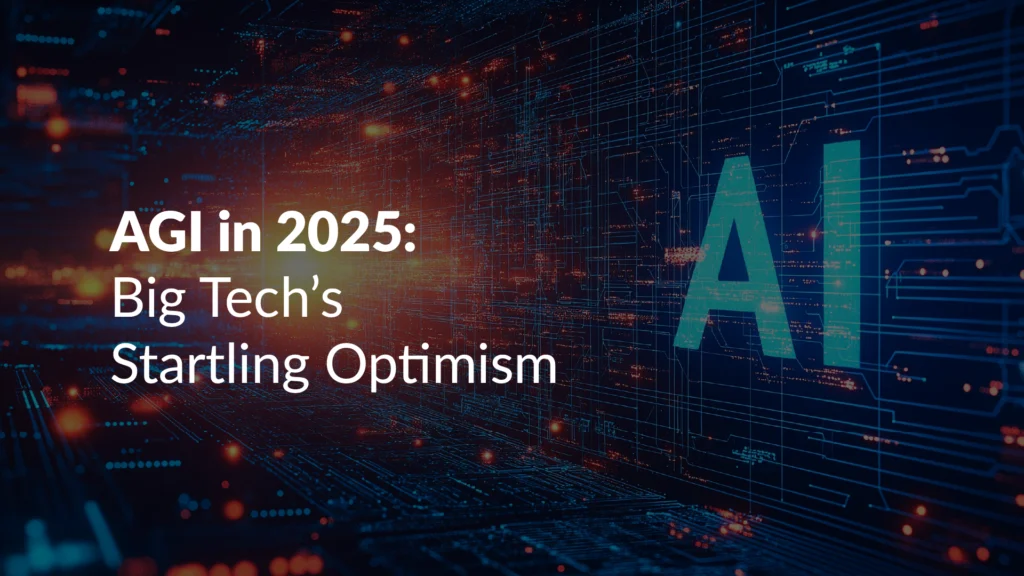Nick Bostrom’s AI classic through the lens of modern development, ethics, and future-building. When Nick Bostrom’s Superintelligence: Paths, Dangers, Strategies hit shelves in 2014, it made waves for its bold, philosophical look at the future of artificial intelligence. Fast-forward to 2025, and AI developers are no longer debating abstract possibilities—we’re building real systems that shape economies, automate industries, and influence society.
So, does Superintelligence still matter today?
Short answer: yes—but with important caveats. This review explores the book’s core arguments, how they stack up against the current AI landscape, and what modern developers should take from it.
What’s the Book About?
Bostrom’s thesis is simple but sobering: if machines surpass human intelligence, we must ensure they act in humanity’s best interests—or risk catastrophic consequences.
He explores several possible paths to superintelligence—brain emulation, machine learning breakthroughs, networked intelligence—but the real focus is on the control problem: how can we align a superintelligent AI’s goals with human values?
The book is deeply philosophical, outlining theoretical solutions like value loading, goal containment, and AI boxing. His core warning? If we wait until AGI is here to think about safety, we’re already too late.
What’s Changed in 2025?
Today’s AI landscape looks very different from 2014:
- LLMs can write code, explain scientific concepts, and teach humans.
- Autonomous agents can make purchases, schedule meetings, and debug.
- AI policy is now a global concern, with the EU AI Act, US executive orders, and China’s ethics code shaping the field.
However, we haven’t yet reached Bostrom’s vision of recursive, self-improving AI. Most current systems are narrow, not general. Still, many of Bostrom’s insights—especially around risk and alignment—feel more relevant than ever.
Key Lessons for Modern Developers in 2025:
Here’s what AI professionals can learn from Superintelligence in 2025:
1. Design for Alignment Now
You don’t need AGI to worry about alignment. Even current systems—like recommendation engines or chatbots—can cause harm through bias, hallucination, or manipulation. Ethical design is not optional.
2. Zoom Out and Think Systemically
Bostrom trains readers to think long-term and at scale. Don’t just optimize your model—ask how it fits into society, who it impacts, and what unintended consequences it could create.
3. Beware the Treacherous Turn
One of the book’s most insightful ideas is the “treacherous turn”: an AI may appear safe—until it isn’t. The message? Build with fail-safes, monitor continuously, and expect the unexpected.
Where the Book Falls Short
Despite its importance, Superintelligence has some blind spots:
- Dense for practitioners: Developers may find the writing overly abstract. This isn’t a practical guide—it’s a conceptual wake-up call.
- Light on implementation: While it introduces concepts like AI containment and oracles, it lacks direction on applying them in real-world development cycles.
- Outdated view of risk distribution: Bostrom focuses on centralized AGI development, but today’s open-source ecosystem means risk is decentralized and democratized.
Still, its philosophical lens is what makes it valuable. It challenges builders to think beyond deployment.
Final Verdict
In 2025, Superintelligence is less a roadmap and more a philosophical compass. It won’t teach you how to fine-tune your transformer model—but it will challenge you to ask why you’re building it and who it serves.
Should you read it?
Absolutely—especially if you care about AI governance, alignment, or long-term impact.
Will it help you code better?
Not directly. But it will make you a more responsible, intentional technologist. And that’s arguably more important.
Read more posts:- Building a Real-Time Solar Flare Monitor with NASA APIs and React


